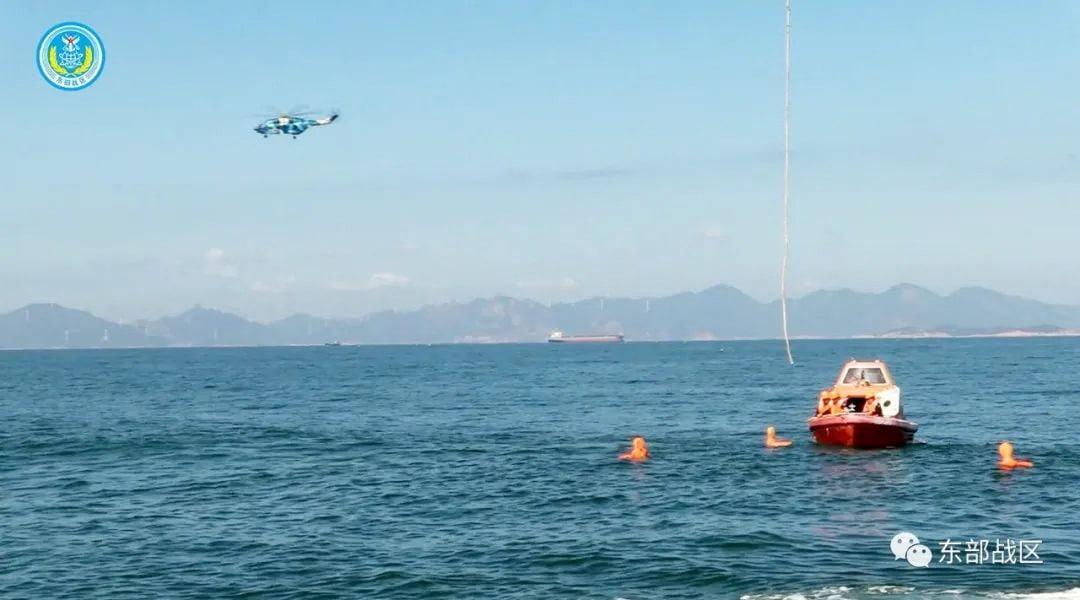The Chinese communist regime has sent 71 planes and seven ships during a 24-hour period toward the island nation of Taiwan amid rising U.S. support for Taipei.
Between 6 a.m. on Dec. 25 and 6 a.m. on Dec. 26, 47 out of the 71 Chinese planes crossed the median of the Taiwan Strait, according to Taiwan’s Ministry of National Defense, The Associated Press reported. The Taiwan Strait is seen as the unofficial boundary between the two sides.





